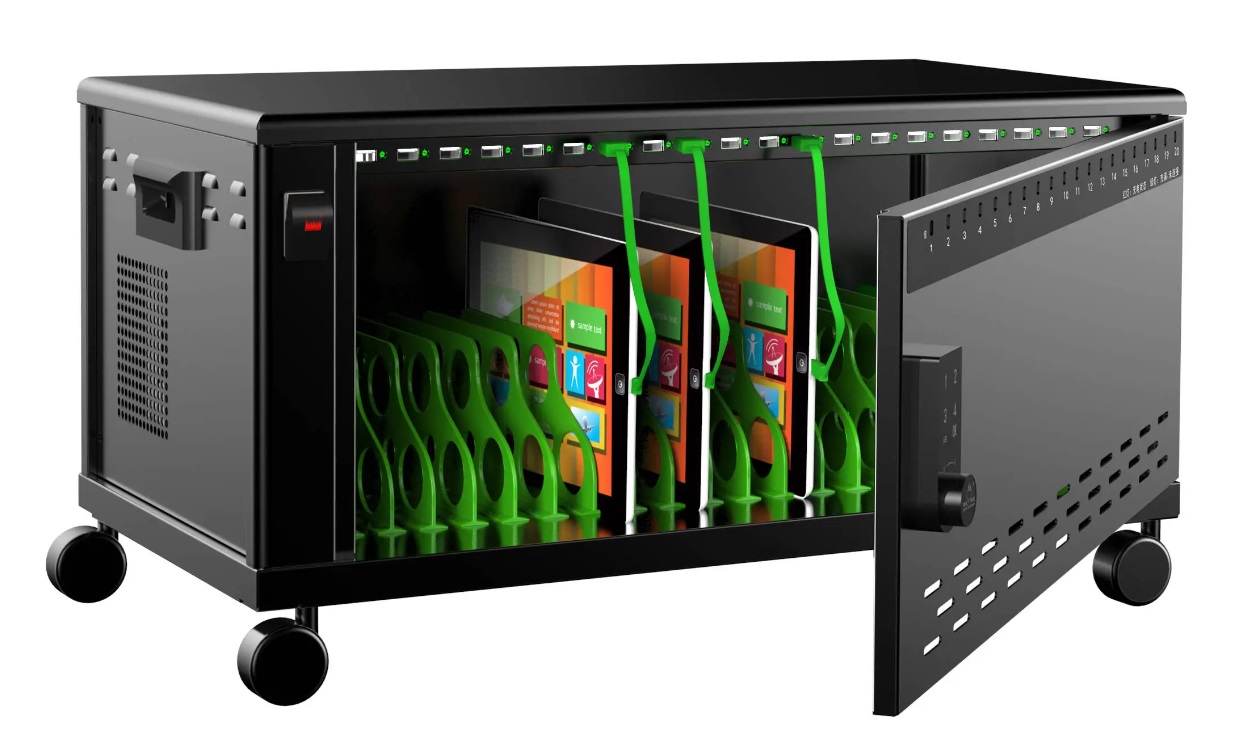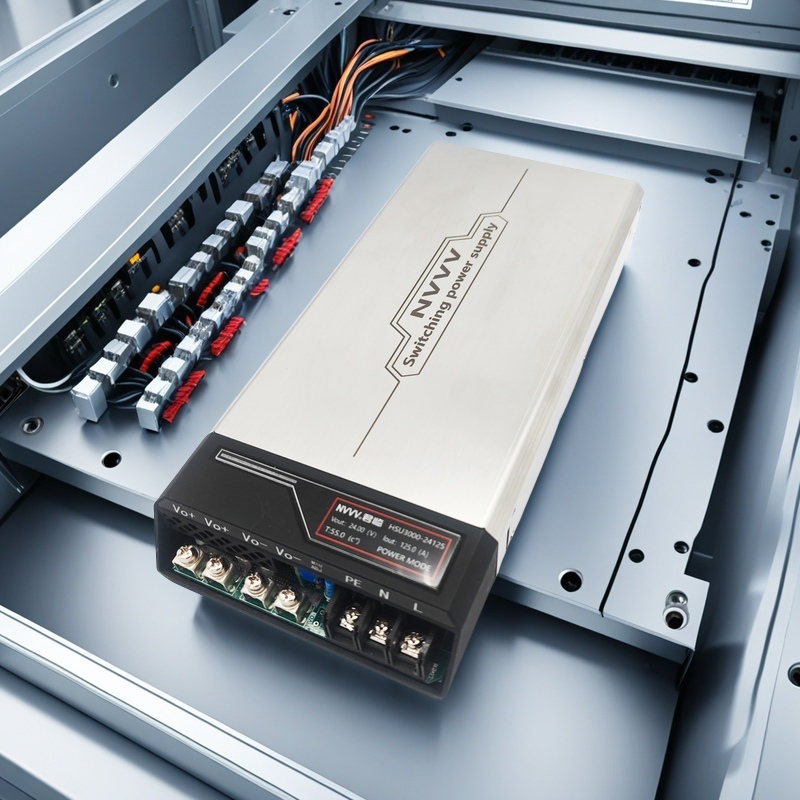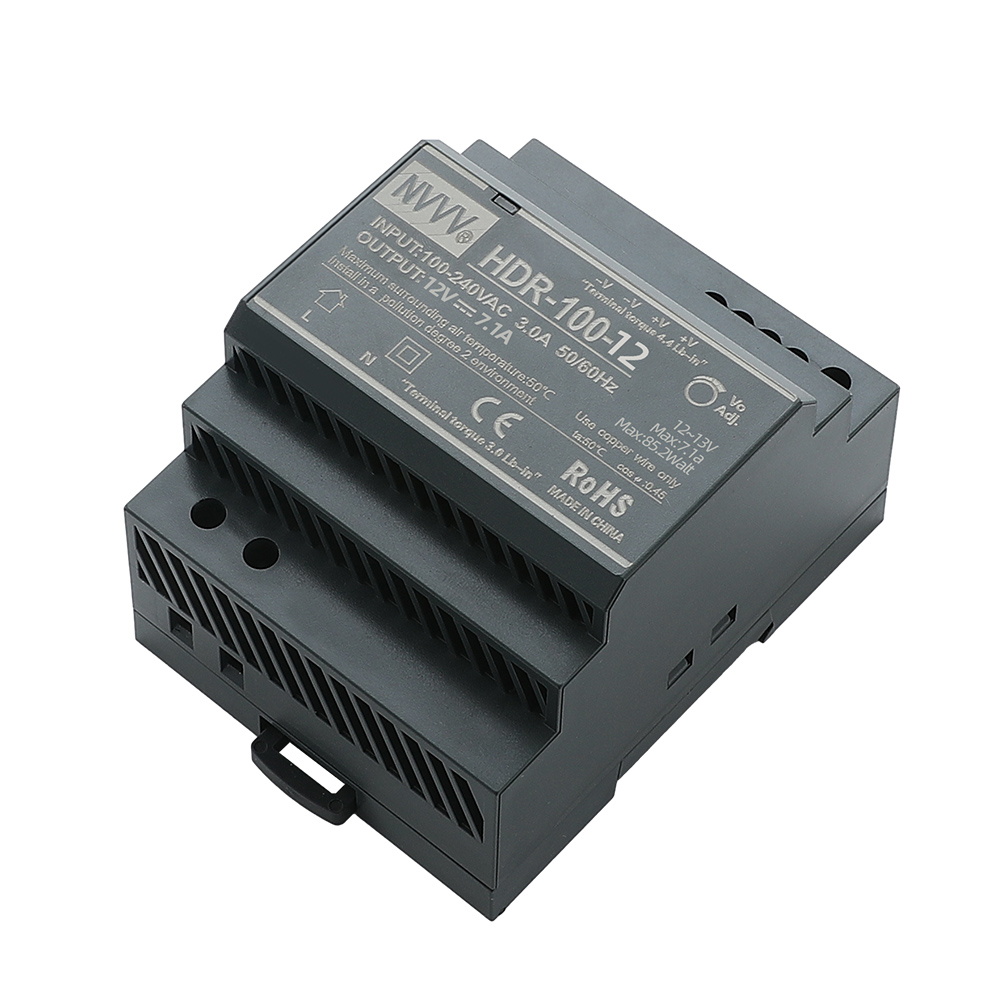Is SMPS a part of CPU?
In the world of computers, every component of the hardware plays a vital role. With the continuous development of technology, users have higher and higher requirements for the performance and functions of computers. In order to achieve these functions, the computer system consists of multiple components, including the central processing unit (CPU) and the switching power supply (SMPS). So, is SMPS a part of the CPU? This article will explore this issue in depth and reveal the relationship between the two.
What is SMPS?
SMPS, or switching mode power supply, is an efficient power conversion device widely used in computers and other electronic devices. Its main function is to convert the power input (usually AC) into the DC voltage required by the device. Compared with traditional linear power supplies, SMPS has significant advantages in conversion efficiency and volume. Due to its high efficiency and reliability, SMPS has become a standard in modern electronic devices.
Working principle of SMPS
The working principle of SMPS is mainly based on switching technology. It adjusts the output voltage by controlling the switching frequency and duty cycle of the power switch. When the input power is converted into DC through the rectification circuit, the SMPS will use high-frequency switching devices (such as MOSFET) to convert DC into high-frequency AC, and then convert the voltage through the transformer. Finally, after rectification and filtering, the required DC voltage is output. This process is not only efficient, but also can greatly reduce the size and weight of the power supply.
In this process, SMPS usually uses a feedback control mechanism to ensure the stability of the output voltage. When the load changes or the input voltage fluctuates, the SMPS automatically adjusts the duty cycle of the switch to keep the output voltage within the set range. This intelligent adjustment capability enables SMPS to perform well in environments with various power requirements. In addition, switching power supply can also achieve multiple voltage outputs, allowing it to support many different types of equipment, increasing its application flexibility.
Advantages of SMPS
SMPS has multiple advantages over traditional power supplies:
High efficiency: The conversion efficiency of SMPS is usually above 80%, and some high-end products can even reach above 90%. This means that at the same power output, SMPS consumes less electricity, reducing operating costs and environmental impact.
Small size and light weight: Due to the use of high-frequency technology, SMPS can use small transformers and other components, thereby reducing the overall size of the power supply. This makes SMPS particularly suitable for portable devices and applications with limited space.
Multiple outputs: SMPS can provide multiple voltage outputs, which are suitable for the needs of different devices. For example, in computers, printers and other devices, power supply support of different voltages is often required. The flexibility of SMPS makes it particularly outstanding in these occasions.
In addition, SMPS has good anti-interference ability and can maintain stable output in various electromagnetic environments. This makes SMPS widely used in various sensitive devices, such as medical instruments and high-end audio equipment, to ensure the reliability and stability of the equipment.
The relationship between SMPS and CPU
So, what is the relationship between SMPS and CPU? To answer this question, we need to understand the functions and roles of both. The CPU is the core component of the computer, responsible for executing instructions and processing data, while the SMPS is responsible for providing the required power to the computer. Although the two are not the same in function, they are complementary.
CPU's demand for power supply
Modern CPUs usually have high requirements for the quality and stability of power supply. As technology advances, the power consumption of the CPU has gradually increased, which means that it requires a more efficient power supply. SMPS is designed to meet this demand, and it can ensure maximum efficiency while providing a stable voltage.
In addition, the CPU will experience changes in peak load and low peak load during operation, and the SMPS can respond quickly to this change to ensure that the CPU always gets the power it needs. For example, when the CPU performs complex calculations, the power consumption will rise rapidly, and the SMPS will adjust the output in time to adapt to this change to ensure the normal operation of the system. This fast response capability is the key to ensuring computer performance.
Cooperation in practical applications
In practical applications, SMPS and CPU often work together to form a complete power management system. In many high-performance computers, SMPS is responsible for converting AC power into DC power of different voltages and supplying power to the CPU, graphics card and other components through different voltage rails. In this way, users can take full advantage of the CPU's performance when playing games or performing complex data processing.
Taking the school's network laptop charging cabinet as an example, the charging cabinet usually uses SMPS to charge multiple laptops at the same time. SMPS can intelligently adjust the output voltage according to the charging needs of each laptop to ensure that each device can get the appropriate power supply when charging. This combination effectively improves charging efficiency and reduces energy consumption.
Application Examples of SMPS
SMPS is widely used in modern society, involving many industries and equipment. In addition to computers and notebooks, switched mode power supply is also widely used in other fields, such as automation equipment, medical equipment, and household appliances. The following are several specific application examples.
School network laptop charging cabinet
In many schools, network laptop charging cabinets have become an important part of teaching. SMPS plays a core role in these charging cabinets. It can provide a stable voltage during the charging process to ensure that each notebook can get the right current at different charging stages.
As the number of notebooks used by students increases, the power demand of the charging cabinet is also increasing. SMPS can easily cope with this change, adjust the output voltage in real time, and ensure the efficiency and safety of the charging process. In addition, SMPS also has overload protection and short-circuit protection functions, which further improves the safety of the equipment.
Embroidery machine
In industrial production, embroidery machine is a typical application example. Modern embroidery machines are usually equipped with efficient SMPS to ensure that the equipment can still operate stably under high load conditions. Embroidery machines require very high power requirements, because any power fluctuations will directly affect the quality and efficiency of embroidery.
The application of SMPS in embroidery machines not only improves the operating efficiency of the equipment, but also enables the embroidery machines to work normally in various environments. For example, in some factories, embroidery machines may need to work in humid or high temperature environments, and the stability and anti-interference ability of SMPS are particularly important.
3D printers
3D printing technology has developed rapidly in recent years, and the use of 3D printers has become more and more popular. SMPS also plays a key role in 3D printers. 3D printers require a stable power supply to ensure that the quality of each layer during the printing process can be guaranteed.
Since the work of 3D printers requires high precision and continuity, any voltage fluctuation may cause printing failure. SMPS can improve printing quality and efficiency by accurately adjusting the voltage to ensure that the print head and heating elements can get a stable power supply.
Watering machine
In agricultural automation, watering machines are also an important application field of SMPS. Modern watering machines usually integrate a variety of sensors and control systems, which have very high power requirements. SMPS can provide a stable power supply for watering machines to ensure normal operation in different working modes.
For example, when monitoring soil moisture, the irrigation machine needs to efficiently process sensor data and automatically adjust the water flow as needed. The fast response capability and stable output of SMPS enable the irrigation machine to complete the task efficiently and accurately, greatly improving the efficiency of agricultural production.
Conclusion
In summary, although SMPS and CPU are not the same in function, they complement each other. SMPS is not part of the CPU, but it provides the necessary power support for the CPU to ensure that the computer system can run efficiently and stably. In modern electronic devices, switch mode power supply is used in various fields, from school laptop charging cabinets to high-end industrial equipment. Its high efficiency and stability make it an indispensable component.
With the advancement of technology, the future SMPS will be more intelligent and efficient, and can meet the growing power demand. Understanding the working principle and application scenarios of SMPS will help us better select and use electronic devices and improve our work and life efficiency. In daily life, we can also see that SMPS is promoting the modernization process of all walks of life with its unique advantages.












